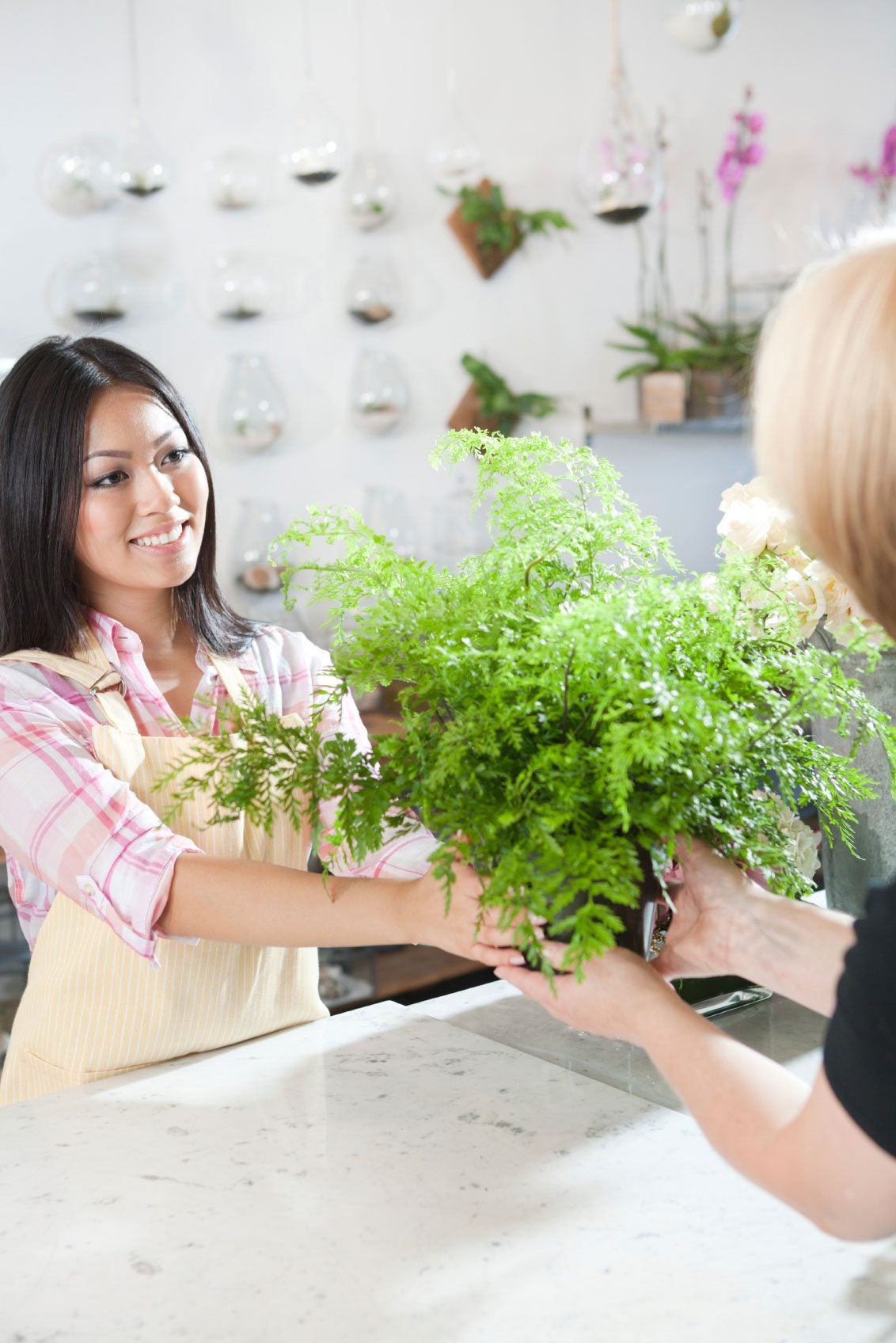Choosing Healthy Plants: How To Tell If A Plant Is Healthy


Plants are expensive and the last thing you want is for your beautiful new plant to keel over and die shortly after you bring it home. Even lush, full plants can develop problems fairly quickly, but knowing how to tell if a plant is healthy may prevent trouble down the road.
Healthy Plant Selection
Learning the signs of a healthy plant is the first step in ensuring its overall success. Choosing healthy plants involves looking closely at all parts of the plant, beginning with the most obvious part-- the leaves. Foliage growth - A healthy plant should have plenty of healthy new growth. With the exception of plants with bi-colored or variegated leaves, most plants should display green leaves with bright, even color. Don't buy a plant if the leaves are pale. Avoid plants with yellowing or brown leaves, or if the leaves look brown and dry along the edges. Signs of a healthy plant include a full, bushy growth habit. Avoid long, leggy plants and, instead, choose compact, sturdy plants. Watch out for plants that look like they have been pruned; this may indicate that diseased or damaged stems have been removed to make the plant look healthier. Pests and disease - Look closely for signs of pests and disease. Check the undersides of the leaves and the joints where the stem attaches to the leaves, as this is where common pests are often found such as:
Roots - Healthy roots are signs of a healthy plant. Roots are difficult to see when a plant is in a pot, but you can definitely tell if the plant is rootbound. For example, pick up the plant and look at the drainage hole. If you notice roots growing through the hole, the plant has been in that pot too long. Another big sign that a plant is rootbound is roots growing on top of the potting mix. A rootbound plant isn't always a bad thing if the plant is otherwise healthy because it demonstrates that the plant is actively growing. However, keep in mind that if you buy a rootbound plant, you will have to repot it soon.
Sign up for the Gardening Know How newsletter today and receive a free copy of our e-book "How to Grow Delicious Tomatoes".

A Credentialed Garden Writer, Mary H. Dyer was with Gardening Know How in the very beginning, publishing articles as early as 2007.